- 1 Common Causes of Clogging in Screw Press Dewatering Machines
- 2 Operational Factors Leading to Screw Press Blockages
- 3 Strategies to Prevent Clogging in Screw Press Dewatering Systems
- 4 FAQ
- 4.1 What are the primary signs that my screw press is about to clog?
- 4.2 How does a PAM dosing system help reduce clogging?
- 4.3 Can clogging be prevented in high-fiber sludge applications?
- 4.4 What is the role of a sludge low-temperature drying system in clogging prevention?
- 4.5 How often should I clean the screen of a screw press dewatering machine?
The screw press sludge dewatering machine is a cornerstone of modern wastewater treatment, prized for its efficiency and continuous operation. However, operators frequently encounter a persistent challenge: clogging. This issue not only halts production but also drives up maintenance costs and reduces the equipment's lifespan. Understanding the root causes of clogging is essential for optimizing performance and ensuring seamless operations. This article delves into the technical and operational factors that contribute to blockages in screw filter presses, offering actionable insights for prevention and resolution.
Integrated Horizontal Food Grade Spiral Screw Sludge Dewatering Machine QXDL-252
Common Causes of Clogging in Screw Press Dewatering Machines
Clogging in a screw press sludge dewatering machine typically stems from a combination of mechanical design limitations and feedstock characteristics. When the sludge's physical or chemical properties deviate from the machine's operational parameters, blockages become inevitable. Key factors include excessive fibrous content, improper flocculation, and sudden changes in sludge viscosity. These elements disrupt the gradual dewatering process, leading to material buildup within the press section.
- High Fiber or Hair Content: Fibrous materials like hair or plant residues entangle around the screw, creating a net that traps other solids.
- Inadequate Flocculant Dosing: Poorly conditioned sludge fails to release water effectively, forming a sticky, compact mass.
- Overloading or Fluctuating Feed Rates: Inconsistent inflow overwhelms the dewatering capacity, causing abrupt jams.
- Hardened Sludge Accumulation: Residual sludge from previous cycles can harden and narrow the flow path, increasing friction.
Impact of Sludge Characteristics on Blockage Formation
The composition of sludge directly influences how easily a screw press dewatering machine clogs. Municipal sludge with high organic content behaves differently from industrial sludge containing oils or minerals. For instance, sludge with elevated grease levels tends to adhere to the screw shaft and screen, gradually reducing the filtration area. Similarly, grit-laden sludge abrades the equipment while settling in dead zones, compounding blockage risks.
- Grease and Oil Content: These substances coat internal components, promoting adhesion of solid particles.
- Grit and Abrasive Particles: Sand or metal fragments accelerate wear on the screw and screen, creating uneven gaps that trap solids.
- Variable Solid Concentration: Unpredictable sludge consistency challenges the machine's adaptive capacity, leading to frequent adjustments and potential failures.
Comparative Analysis: Sludge Types and Clogging Propensity
To illustrate the relationship between sludge type and clogging frequency, consider the following table. It contrasts common sludge categories based on their typical composition and associated blockage risks. This comparison helps operators preemptively identify problematic feedstocks and adjust treatment protocols accordingly.
| Sludge Type | Common Composition | Clogging Risk Level |
| Municipal Sewage | Organic matter, fibers, grit | Medium to High |
| Food Processing | Fats, starches, proteins | High |
| Chemical Industry | Synthetic polymers, minerals | Low to Medium |
| Pulp & Paper | Cellulose fibers, fillers | Very High |
Operational Factors Leading to Screw Press Blockages
Beyond sludge properties, operational practices play a pivotal role in clogging incidents. Inadequate maintenance schedules, improper adjustments of screw speed, or misalignment of the compression zones can trigger recurring jams. For example, running the machine at excessively high speeds to maximize throughput often backfires by compacting sludge too rapidly, leaving no room for water drainage.
- Incorrect Screw Speed Settings: Overspeeding compacts sludge prematurely, while underspeeding allows material to accumulate.
- Poor Screen Cleaning Routines: Neglected screens develop coatings that impede filtrate flow, increasing backpressure.
- Imbalanced Feed Distribution: Uneven entry of sludge causes localized overloading and asymmetric wear.
Maintenance Oversights and Their Consequences
Regular maintenance is non-negotiable for preventing clogs in a screw filter press. However, many facilities prioritize uptime over proactive checks, allowing minor issues to escalate. A worn-out screw shaft or a partially blocked screen may seem insignificant initially, but they drastically alter the machine's internal dynamics, leading to catastrophic blockages.
- Delayed Replacement of Worn Parts: A degraded screw flight fails to convey sludge consistently, causing stagnation.
- Inadequate Lubrication: Increased friction between moving parts elevates the risk of sudden seizure.
- Ignoring Vibration or Noise Alerts: Unusual sounds often indicate internal obstructions that require immediate attention.
Strategies to Prevent Clogging in Screw Press Dewatering Systems
Mitigating clogging requires a holistic approach that combines equipment optimization, feedstock pretreatment, and disciplined maintenance. Operators can significantly reduce downtime by implementing real-time monitoring systems, optimizing polymer selection, and adhering to structured cleaning protocols. For instance, integrating a PAM integrated dosing device ensures precise flocculant delivery, enhancing sludge dewaterability and minimizing adhesion risks.
- Automated Feed Control: Sensors that adjust inflow rates based on sludge consistency prevent overloading.
- Regular Screen Inspections: Scheduled cleaning or replacement of screens maintains optimal filtration efficiency.
- Staff Training Programs: Educating operators on early clogging signs enables prompt intervention.
Optimizing Flocculation for Enhanced Dewatering
Flocculation is a critical step in preparing sludge for dewatering. Using the right type and dosage of flocculant, such as those delivered by a PAM integrated dosing device, creates sturdy flocs that release water easily under pressure. Inadequate flocculation results in fragile aggregates that disintegrate during compression, clogging the screen pores.
- Polymer Selection: Cationic polymers for organic sludges and anionic for inorganic blends improve floc stability.
- Mixing Intensity and Time: Optimal agitation ensures uniform floc formation without breaking aggregates.
- Dose Monitoring: Overdosing creates viscous slurries that blind screens, while underdosing yields watery sludge.
Preventive Maintenance Checklist for Clogging Prevention
A proactive maintenance regimen is the best defense against unplanned stoppages. The following table outlines essential tasks and their recommended frequencies to keep a screw press sludge dewatering machine running smoothly. Adhering to this schedule can extend equipment life and improve overall productivity.
| Maintenance Task | Frequency | Key Benefit |
| Screen Cleaning/Inspection | Daily | Prevents pore blockage |
| Screw Shaft Lubrication | Weekly | Reduces friction and wear |
| Flocculant System Calibration | Monthly | Ensures optimal dosing |
| Full System Flush | Quarterly | Removes accumulated debris |
FAQ
What are the primary signs that my screw press is about to clog?
Early indicators include a gradual increase in motor amperage, reduced filtrate clarity, and unusual grinding noises. The discharge cake may also become wetter or uneven. Monitoring these signals allows operators to initiate cleaning procedures before a full blockage occurs. Regular inspection of the screw press dewatering machine internal components is crucial for early detection.
How does a PAM dosing system help reduce clogging?
A PAM integrated dosing device automates the preparation and injection of flocculants, ensuring optimal sludge conditioning. Well-flocculated sludge forms firm aggregates that resist disintegration under pressure, reducing the likelihood of screen blinding and screw jams. This precision directly correlates with lower clogging incidents and higher dewatering efficiency.
Can clogging be prevented in high-fiber sludge applications?
Yes, through pretreatment steps such as fine screening to remove long fibers, adjusting screw speed to slower rates, and using specialized flocculants that bind fibers effectively. In extreme cases, retrofitting the screw filter press with a pre-thickener can alleviate the fiber load. Yangzhou Qinxin Environmental Protection Technology Co., Ltd. offers customized solutions for challenging sludge types, leveraging their expertise in stacked screw sludge dewatering machines.
What is the role of a sludge low-temperature drying system in clogging prevention?
While not a direct anti-clogging measure, a sludge low-temperature drying system reduces the volumetric load on downstream dewatering equipment. By partially drying sludge beforehand, it minimizes the adhesive nature of the feedstock, thereby lowering the risk of clogs in the screw press. This integrated approach is part of advanced treatment trains designed by experienced providers like Yangzhou Qinxin Environmental Protection Technology Co., Ltd.
How often should I clean the screen of a screw press dewatering machine?
For continuous operations, daily visual inspections and weekly thorough cleanings are recommended. However, frequencies should be adjusted based on sludge characteristics. Abrasive or high-grease sludges may require more frequent cleaning. Yangzhou Qinxin Environmental Protection Technology Co., Ltd. provides operational guidelines tailored to their equipment, ensuring longevity and consistent performance.

 ENG
ENG
 English
English русский
русский Español
Español Tiếng Việt
Tiếng Việt ไทย
ไทย
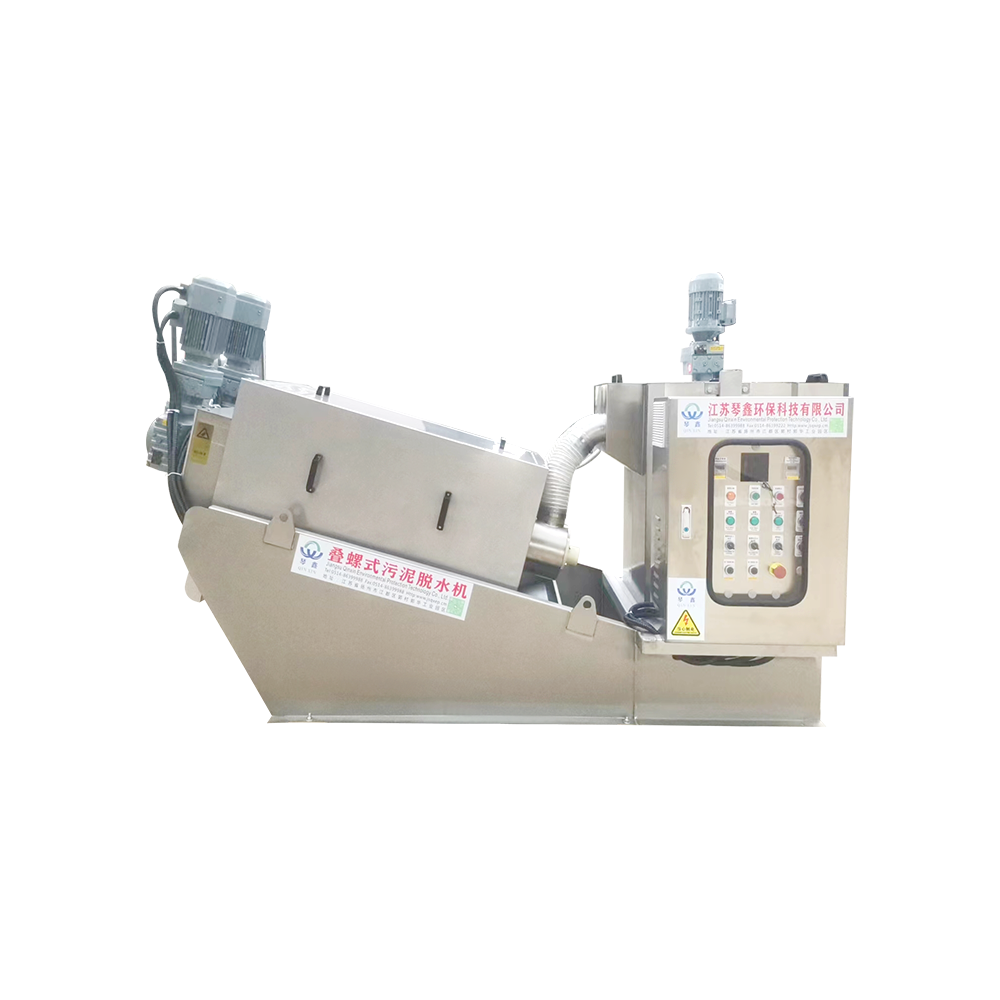
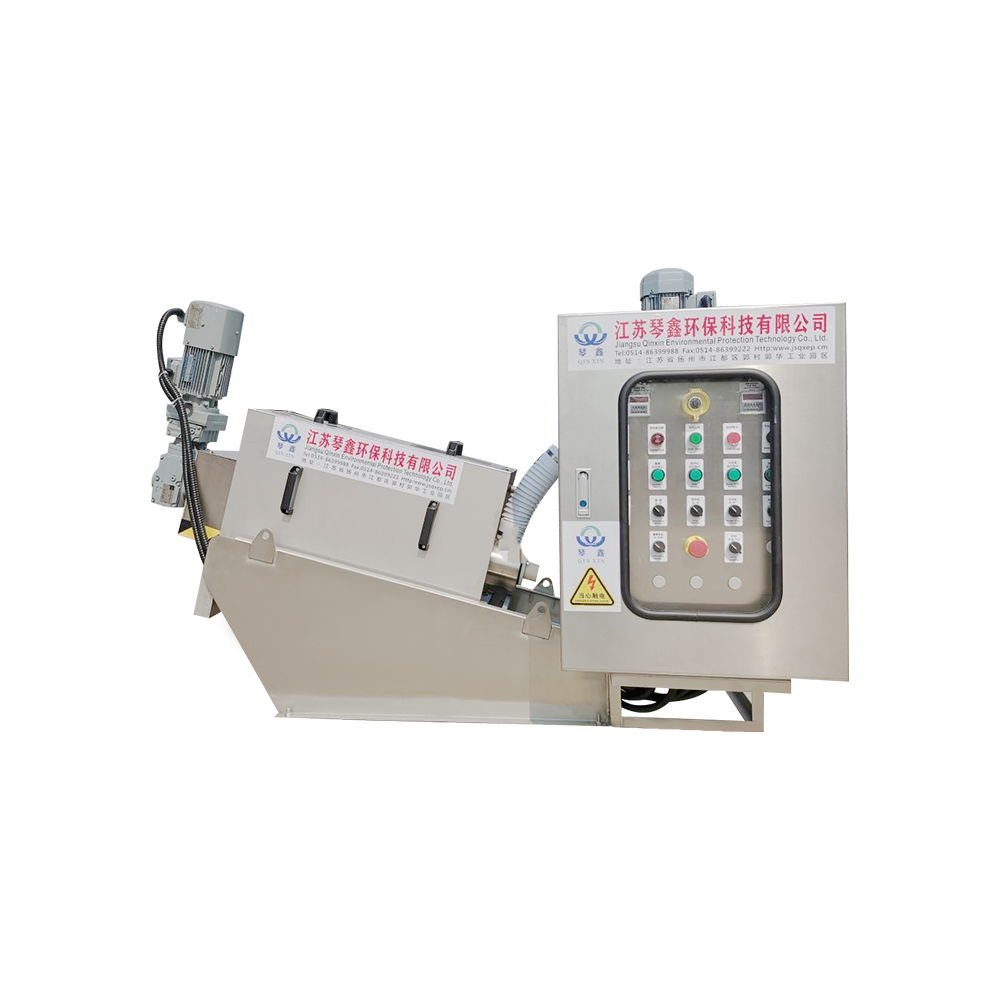
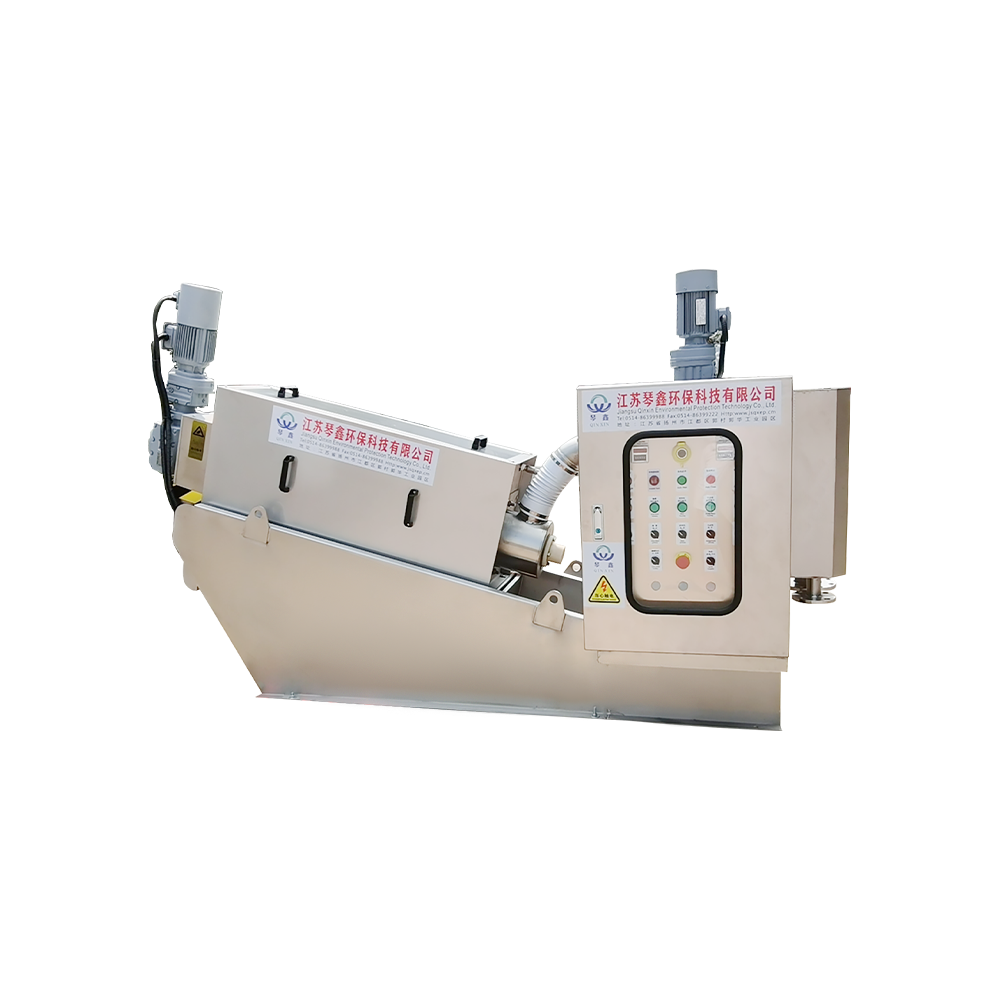
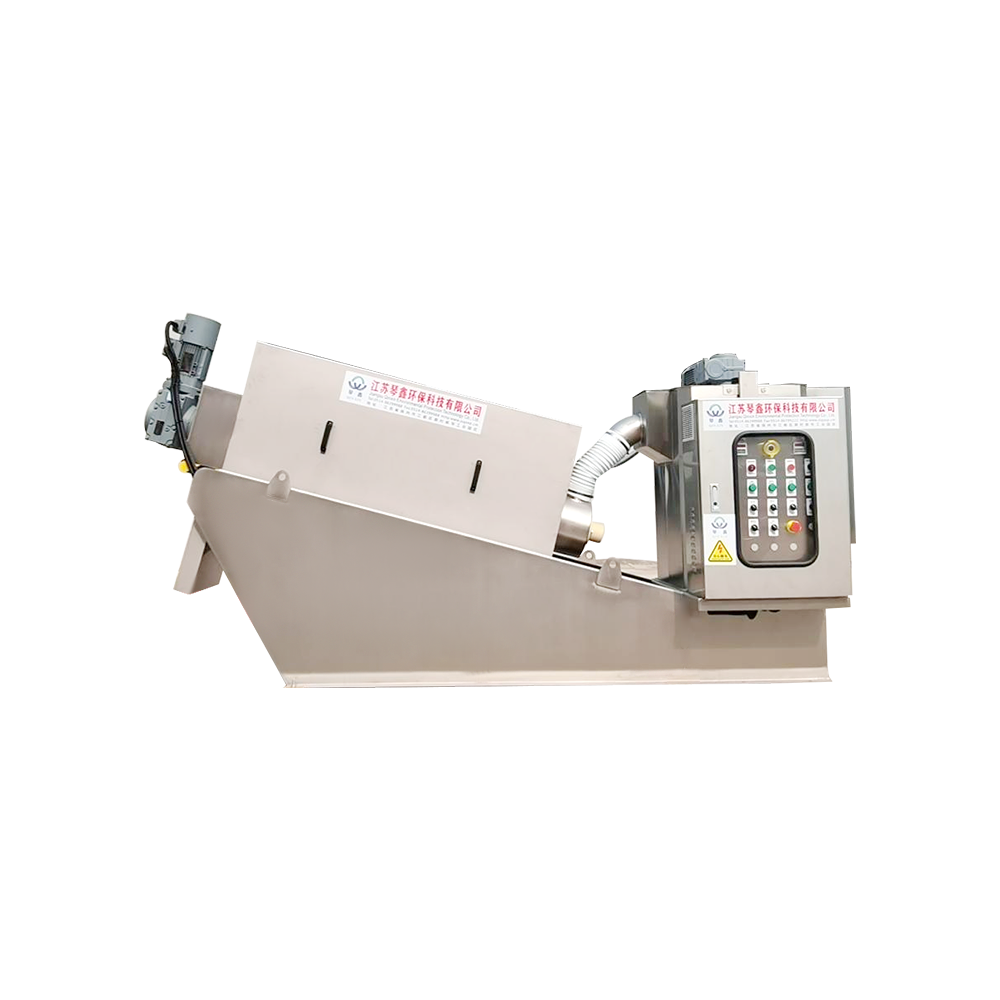
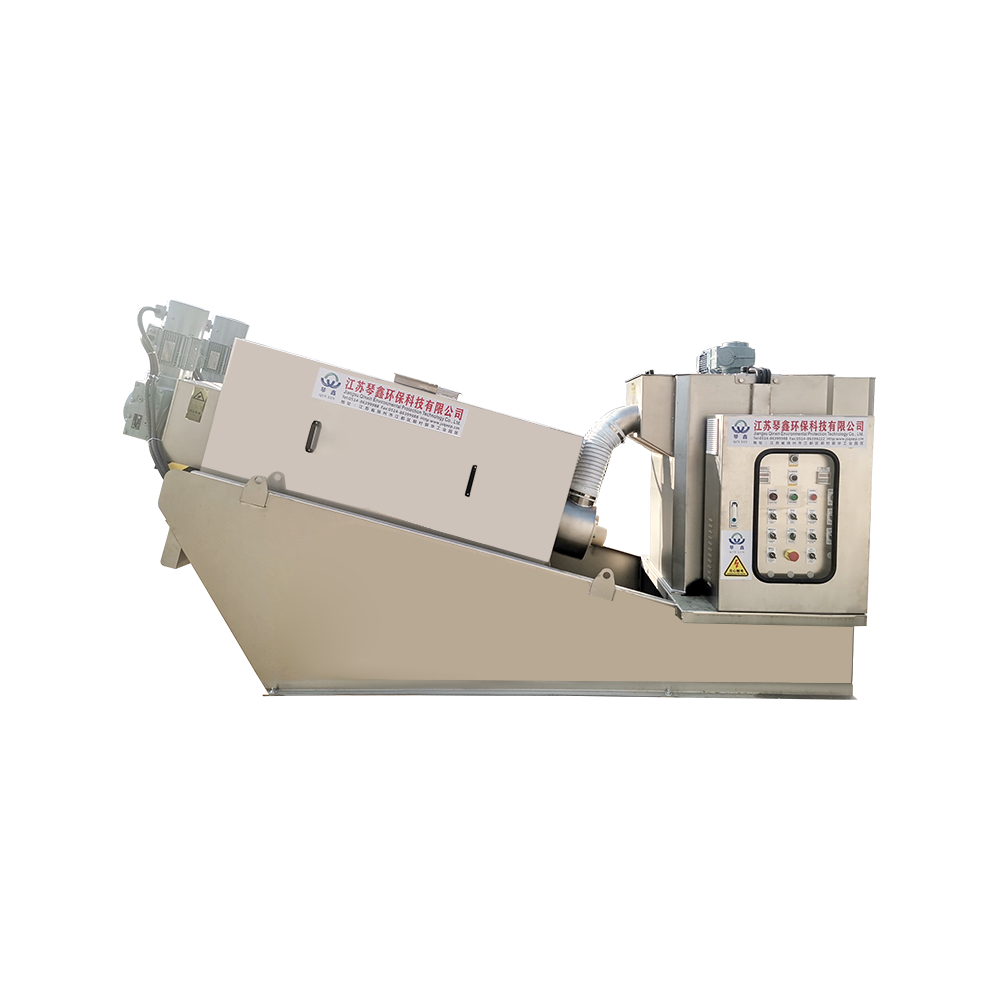
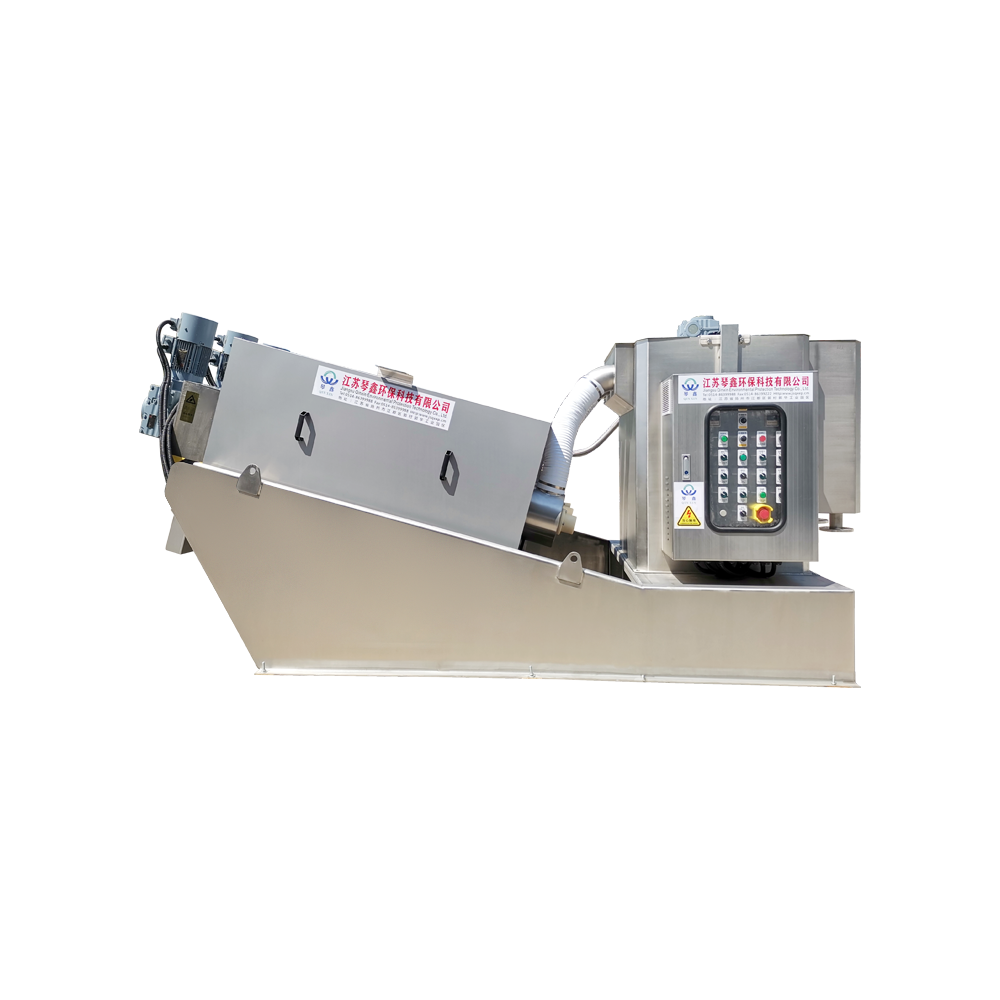
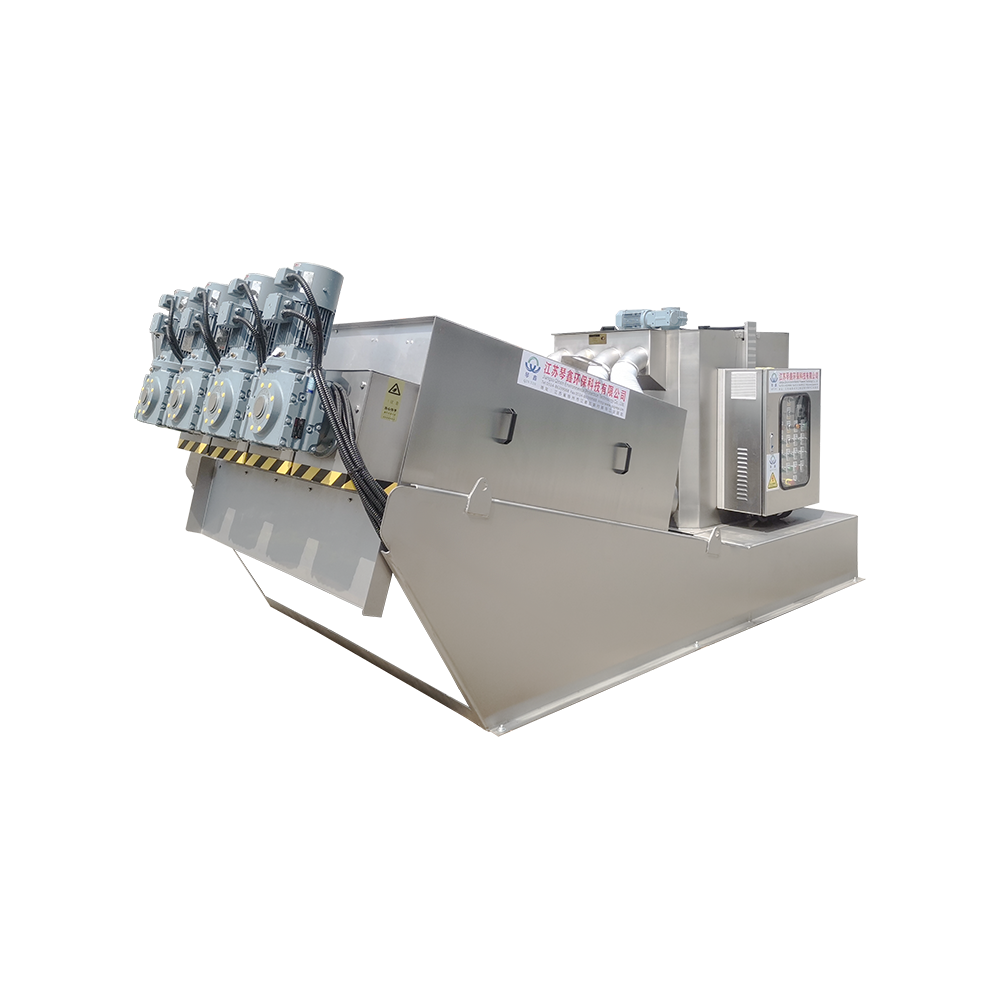
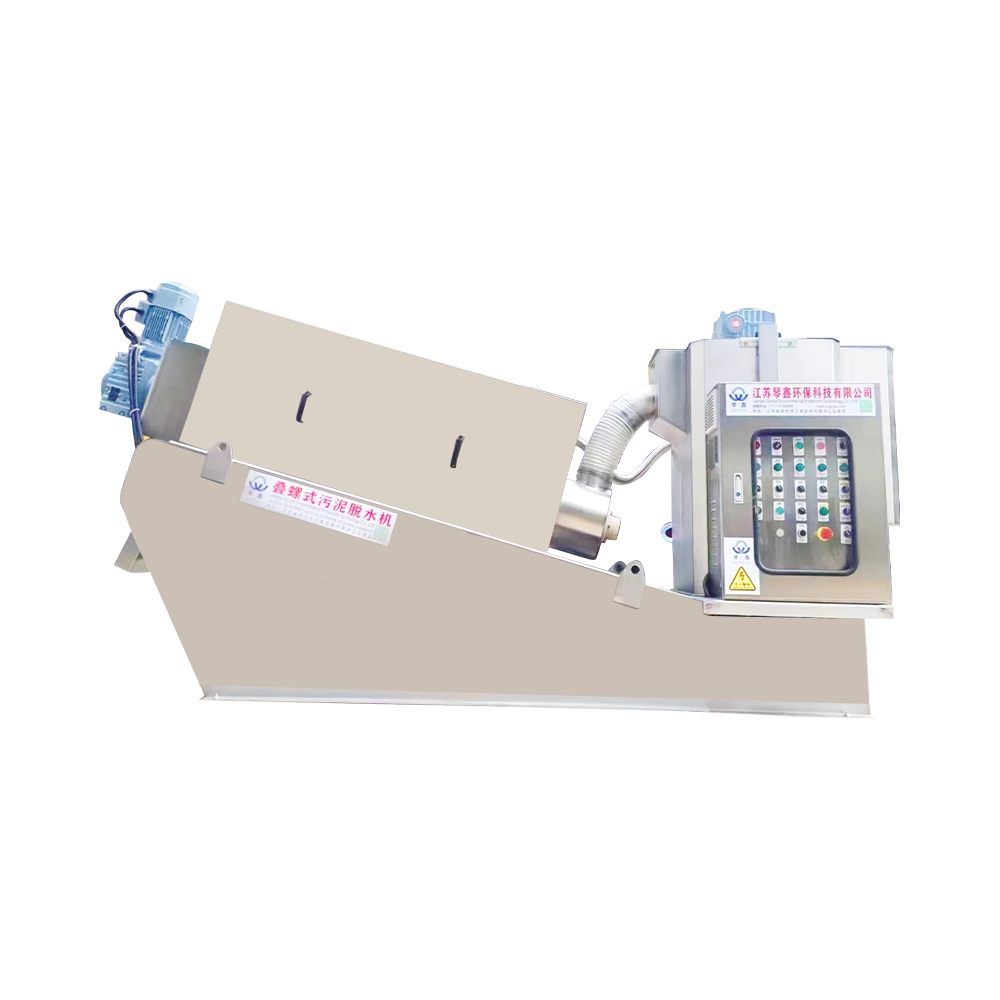
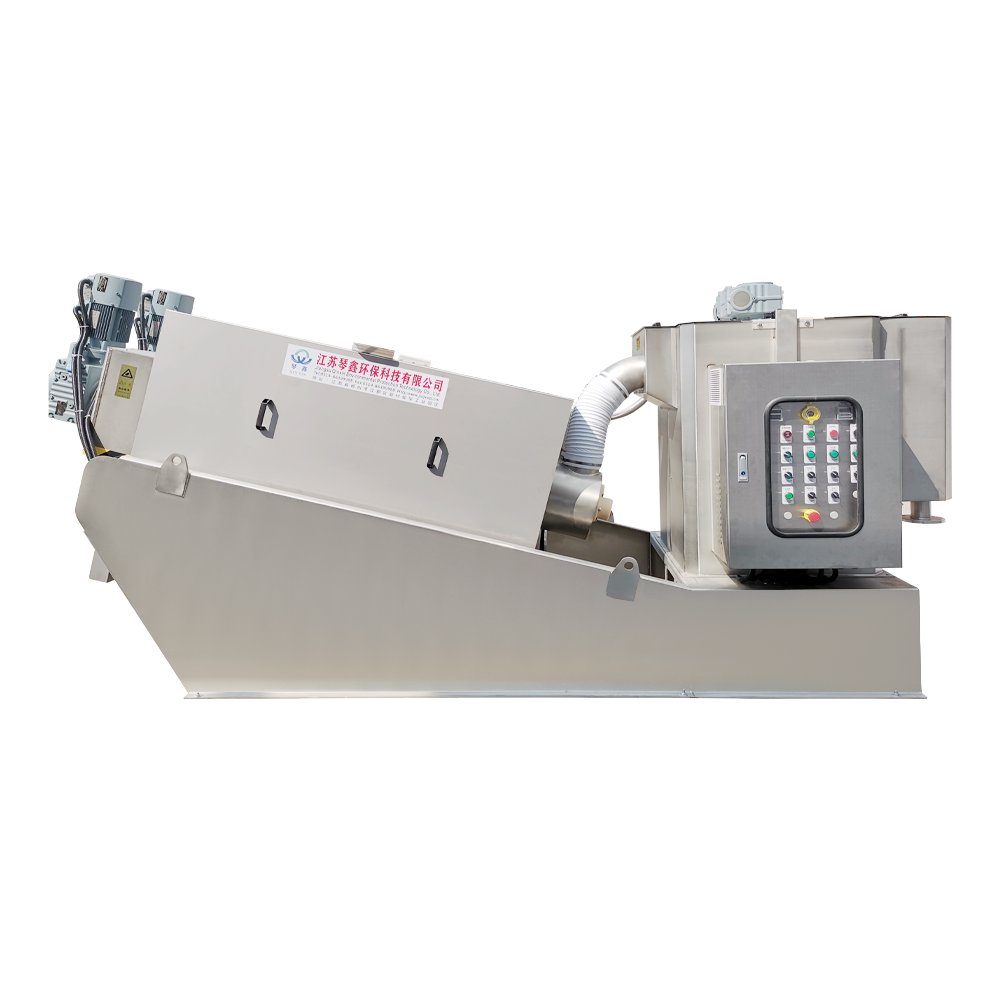
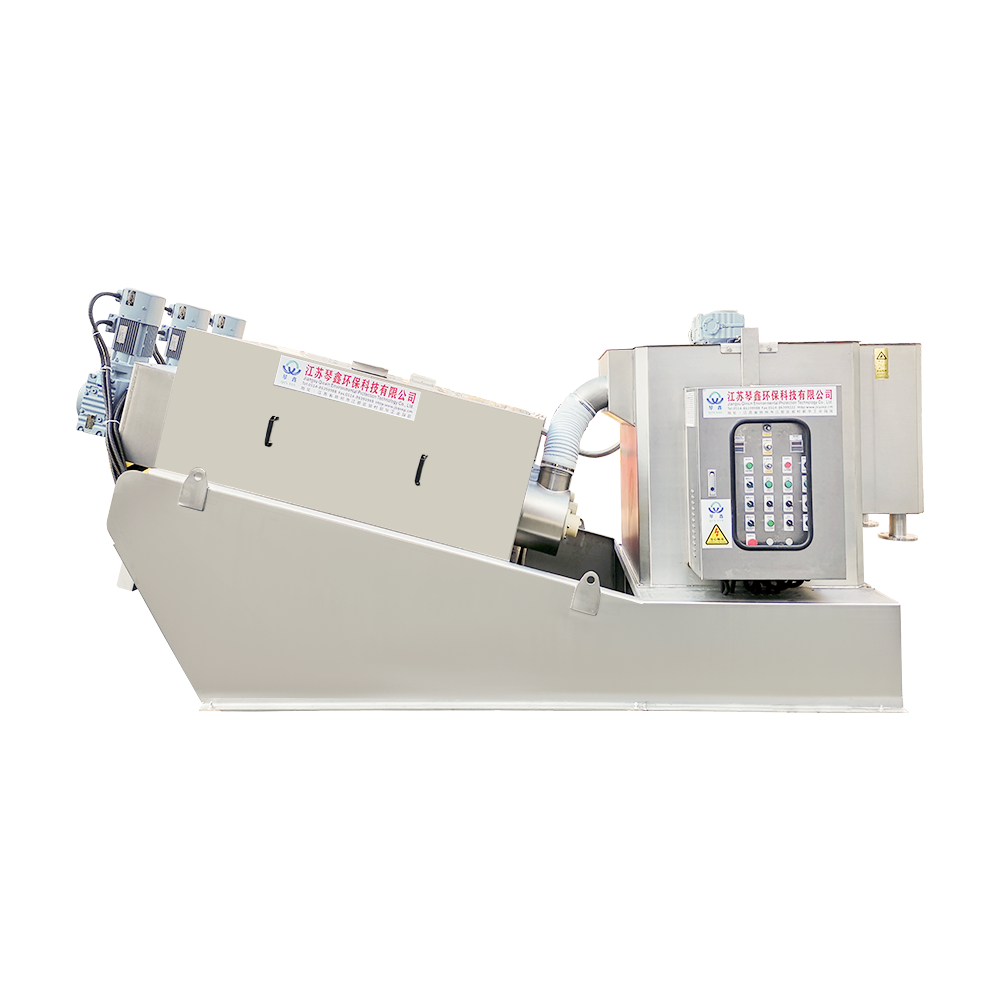
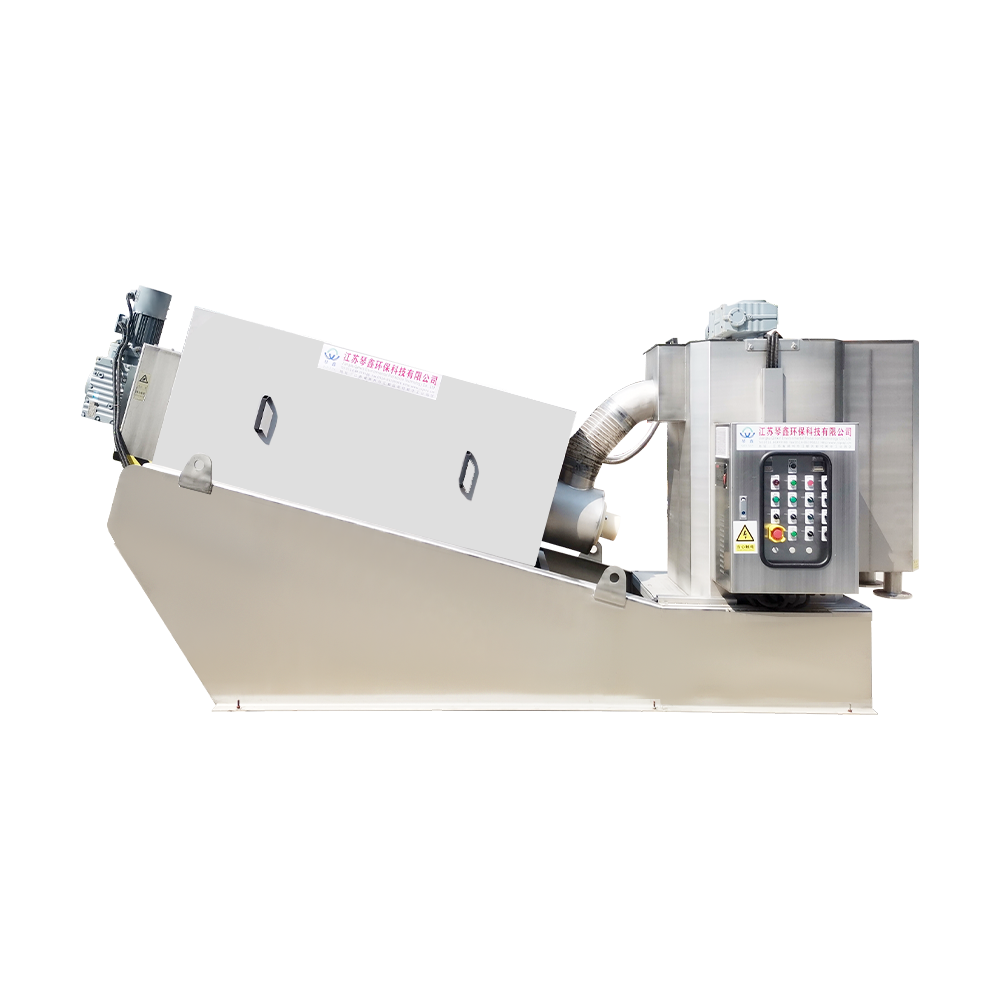
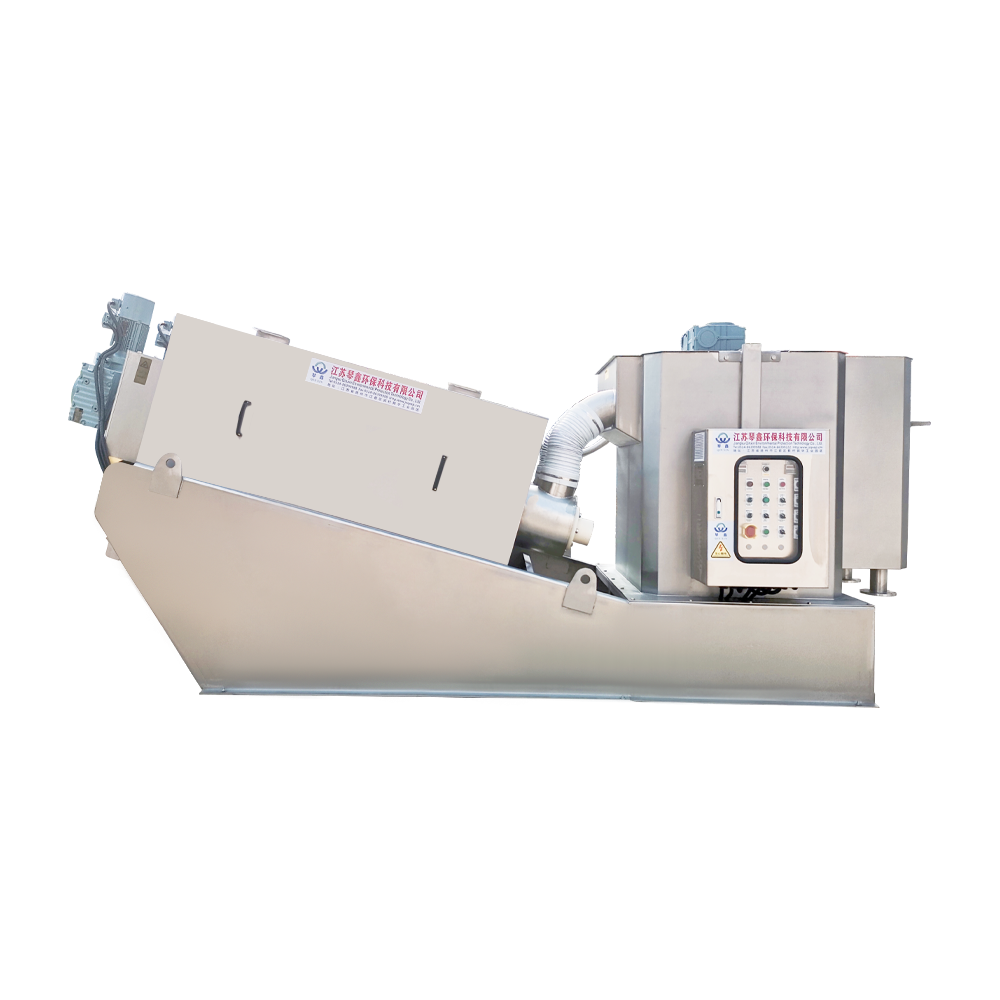
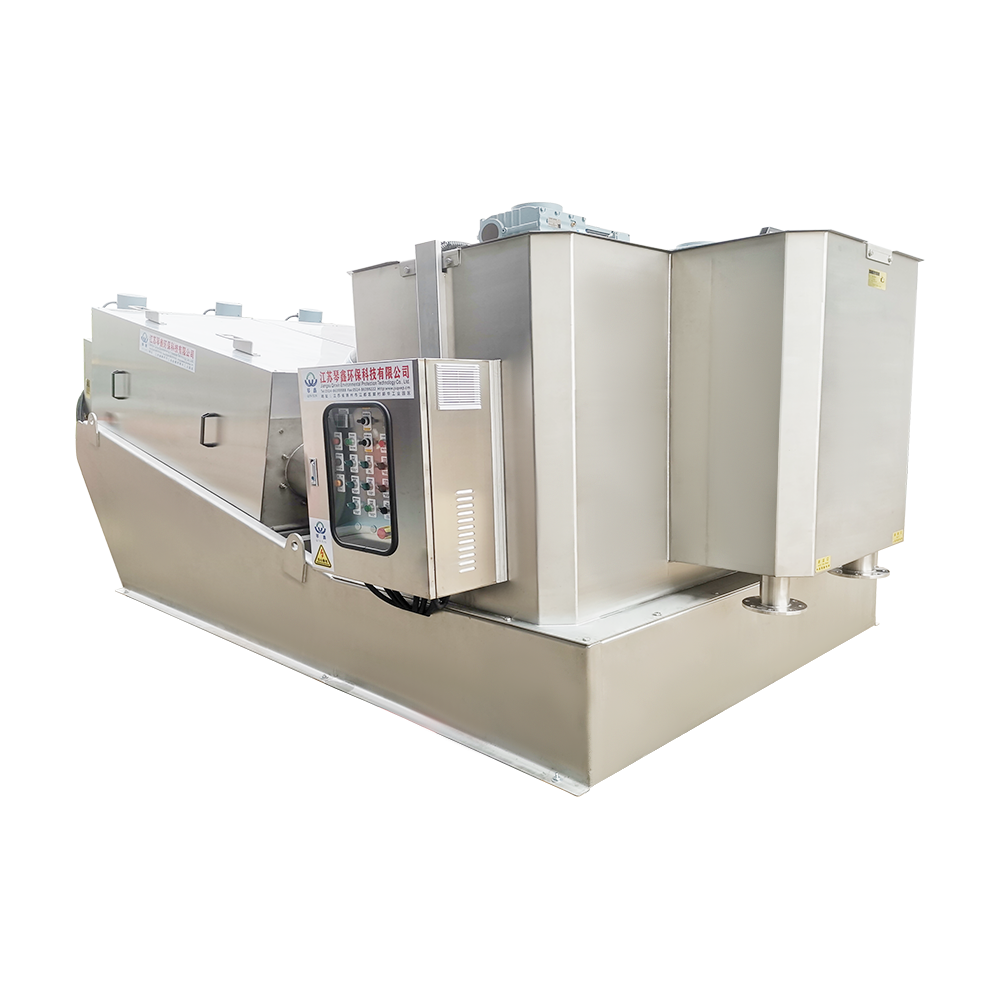
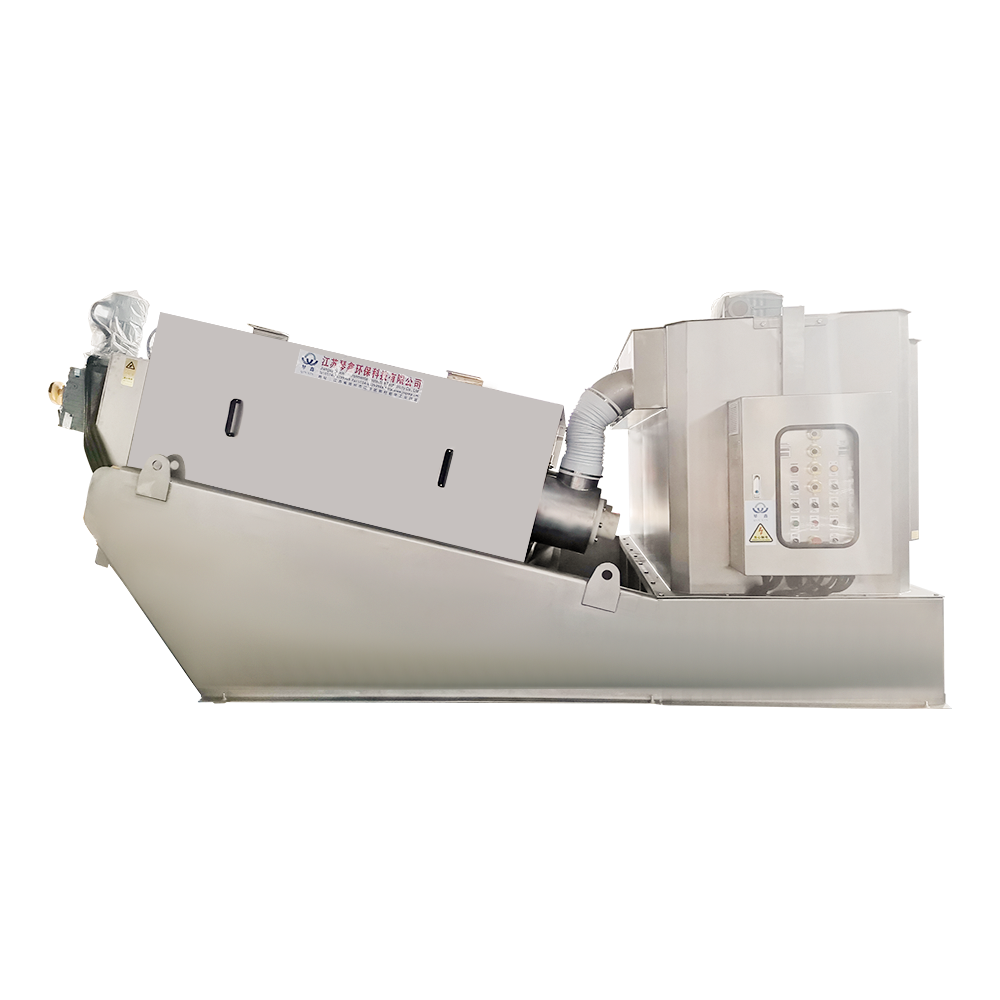
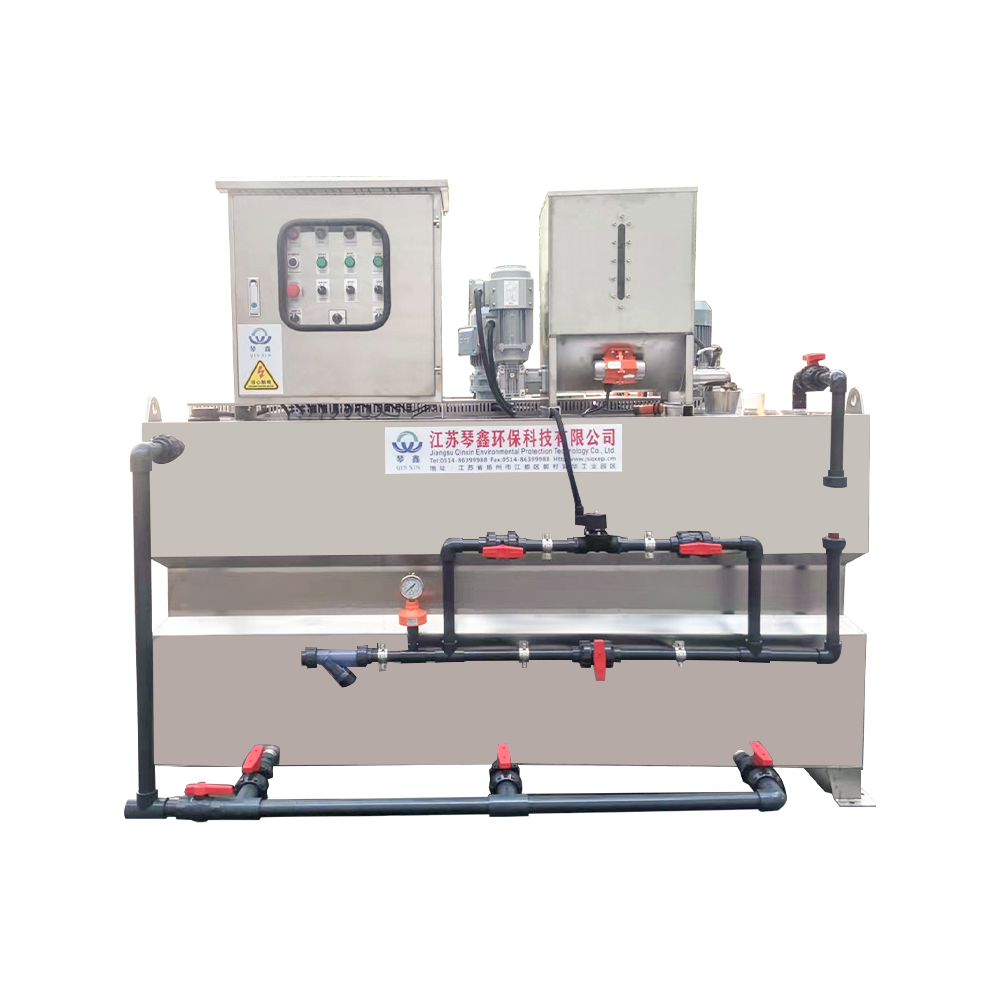

 TOP
TOP